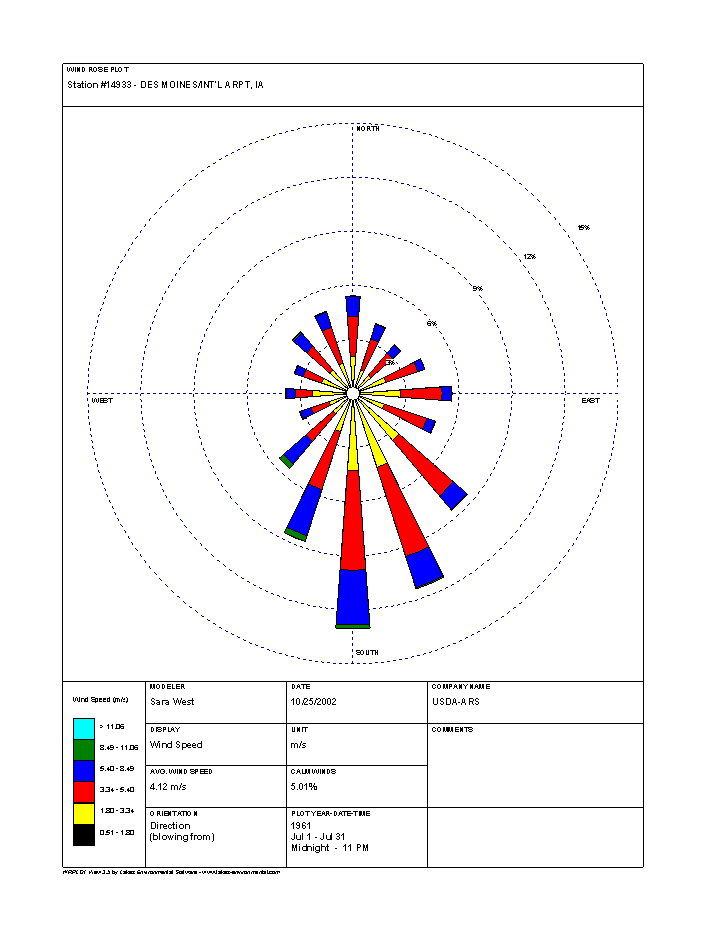

This popup alsoĬontains information about the name of the place you have selected (3) as well as information about the climateĬlasses according to Köppen-Geiger, the altitude and the selected time period (4).

You can also see that you have selected a station by the note "Climate Station" in the popup (2). If you click on one of the brown marked dots on the map, a weather station is selected. With theīutton "Create Charts" a diagram is created below the map (5). This popup also contains information about the name of the place you have selected (3) as well as informationĪbout the climate classes according to Köppen-Geiger, the altitude and the selected time period (4). Another indicator that youĪre seeing raster instead of station data is the note "Climate Cell" at the top of the information popup (2). Within this grid cell the resulting climate diagrams are identical. Once you selected a raster data set and clicked on a location, the corresponding raster cell is shown on the In this case a raster cell at this position is selected. In addition, it is also possible to select a position on the map by entering coordinates into the filter menu. There are two types of data sets available - raster data (see 1.2.1) and station data (see 1.2.2). The selection of a location is quite easy and is done by clicking on a position in the map.


 0 kommentar(er)
0 kommentar(er)
